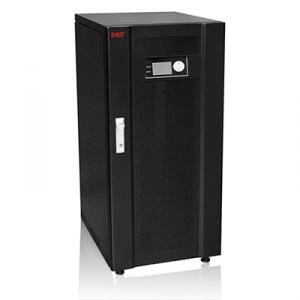Maxpower Solar Inverter
Maxpower Solar Inverter Related Searches
Cyberpower Solar Inverter Sunpower Solar Inverter Max Power Solar Inverter Max Solar Inverter Axpert Solar Inverter Sunpower Solar Panel Inverter High Power Solar Inverter Solar Max Inverter Empower Solar Inverter Solar X Inverter Fox Solar Inverter Xantrex Solar Inverter Mastervolt Solar Inverter Xuyuan Solar Power Inverter Microgrid Solar Inverter Power Solar Inverter Ecostar Solar Inverter Foxess Solar Inverter Inverter Power Solar Xantrex Inverter Solar Power Inverter Solar Morning Star Solar Inverter Solar Solar Inverter High Quality Solar Inverter Sungold Solar Inverter Magnum Solar Inverter Solar Power Battery Inverter Smart Solar Power Inverter Magnum Energy Solar Inverter Offgrid Solar InverterMaxpower Solar Inverter Supplier & Manufacturer from China
Maxpower Solar Inverter is a high-quality product designed to convert solar energy into usable electricity for various applications. This efficient and reliable inverter is equipped with advanced features, making it an ideal choice for solar power systems in both residential and commercial settings. The Maxpower Solar Inverter is widely used in scenarios where clean and sustainable energy is required, such as off-grid solar systems, grid-tied solar systems, and hybrid solar systems. It plays a crucial role in ensuring that the energy generated by solar panels is effectively utilized, reducing dependence on non-renewable energy sources and contributing to a greener environment.Okorder.com is a reputable wholesale supplier that offers a vast inventory of Maxpower Solar Inverters, catering to the needs of various customers worldwide. With a strong commitment to quality and customer satisfaction, Okorder.com ensures that the Maxpower Solar Inverters they provide are of the highest standards, meeting the diverse requirements of their clients. By partnering with Okorder.com, customers can benefit from competitive prices, prompt delivery, and excellent after-sales support, making it a preferred choice for those seeking to invest in reliable and efficient solar inverters.
Hot Products


















































